Optimizing Tool Materials for Efficient Cast Iron Machining
Author: SAIVS Date Published: Feb 07,2025
In the competitive landscape of the machinery industry, improving processing technology and increasing efficiency are crucial for reducing overall costs.
One effective way to achieve this is by carefully selecting the right tool materials for Machining cast iron.
Cast Iron, with its diverse forms like gray cast iron, nodular cast iron, and white cast iron, poses unique challenges during machining due to its hard and brittle nature.
As advancements in tool materials and cutting technology continue, machining technicians are now better equipped to tackle these challenges, ultimately leading to better productivity and cost savings.
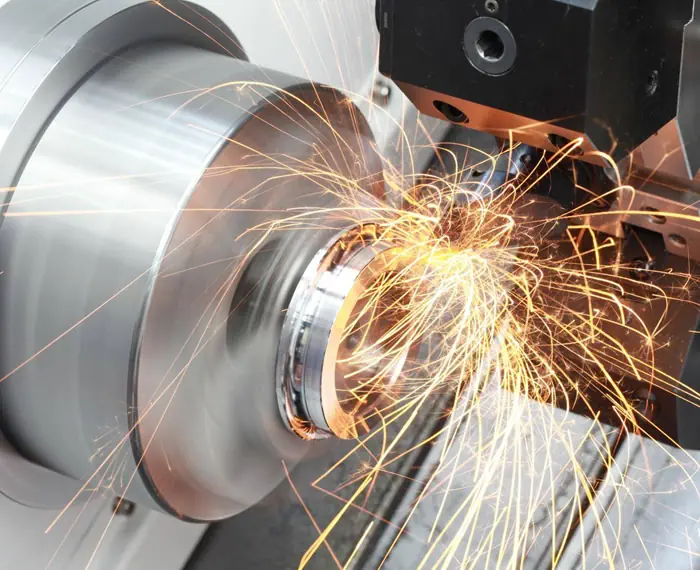
Tool Materials for Machining Gray Cast Iron
Gray cast iron is one of the most commonly used materials in the automotive industry, where it is used to manufacture essential components like engine blocks, brake drums, and differential cases.
Over the years, the speed of cutting has significantly increased, thanks to the introduction of cubic boron nitride (CBN) tools.
These tools have proven to be highly efficient in the machining of gray cast iron, significantly improving productivity.
In recent years, cutting speeds for gray cast iron have reached up to 550m/min, a substantial improvement compared to the 335m/min cutting speed seen a decade ago.
This enhancement has been made possible by the superior wear resistance of CBN tools, which allow them to maintain high performance even under high temperatures.
This increased cutting speed results in faster production and improved tool life, as demonstrated in tests where the tool life doubled compared to using silicon nitride ceramic inserts. The use of CBN tools also increases productivity by 20-200%, as their enhanced toughness allows for higher feed rates and reduced downtime.
Challenges in Machining Ductile and Vermicular Graphite Cast Iron
While CBN tools are highly effective for gray cast iron, their use in machining ductile and vermicular graphite cast iron presents a challenge.
The chemical interactions between the tool and the higher iron content in these materials lead to rapid tool wear.
This has prompted the development of specialized tool grades that can withstand these chemical effects, ensuring longer tool life and improved efficiency during the machining process.
Ductile cast iron, including high-strength variants like QT500, QT600, and QT800, requires tools that balance wear resistance with toughness.
However, achieving this balance is difficult, as improving one property often compromises the other.
Tool manufacturers are continuously working to develop materials that provide the best combination of both, allowing for efficient machining of these tough materials.
Machining High-Hardness and Wear-Resistant Cast Iron
High-alloy cast iron, such as high chromium white cast iron and austempered ductile iron (ADI), presents further challenges due to its high hardness and brittleness.
These materials are widely used in wear-resistant applications but require advanced tooling solutions.
CBN tools have proven to be effective in machining these materials, offering both heat and impact resistance.
For instance, CBN tools are particularly well-suited for intermittent turning operations, such as machining slurry pump parts.
The cutting parameters used in these operations—such as cutting speeds of 75m/min—demonstrate the impressive durability and resistance of CBN tools.
In contrast, traditional ceramic tools struggle to maintain performance under similar conditions, often resulting in tool failure and decreased surface quality.
Conclusion: Improving Efficiency with the Right Tool Selection
Choosing the correct tool material for machining cast iron can significantly impact the overall efficiency and cost-effectiveness of production.
Tools like CBN offer excellent performance in machining various types of cast iron, from gray cast iron to high-strength alloys.
As competition in the machinery industry continues to intensify, leveraging advanced tools like CBN can provide manufacturers with a competitive edge, enhancing productivity, reducing costs, and ensuring long-term success.
Why Choose SAIVS™ as Your Supplier?
1.Superb Quality Control Management
At SAIVS, we take pride in our perfect quality management systems and procedures, which guarantees the excellent performance of all our producs, being a professional Investment Casting | Die Casting| Sand Castingmanufacturer in China.
2.Rich Production Experience
With 20 years of experience in production, SAIVS has a deep understanding of the market and trends, and strives for continuous research and innovation. This has created advantages in both the product's performance and appearance.
3.Competitive Prices
As a Chinese factory committed to becoming the most cost-effective Investment Casting | Die Casting| Sand Castingexporter in China, SAIVS provides high-quality products at advantageous prices. By lowering costs and increasing efficiency, we ensure that our customers receive the best possible value for their investment.
4.Perfect After-sales Service
At SAIVS, we strive to provide superior customer service that meets and exceeds expectations. We are always available for any questions or concerns you may have, and we stand by our commitment to providing excellent after-sales support.
Related Posts
-
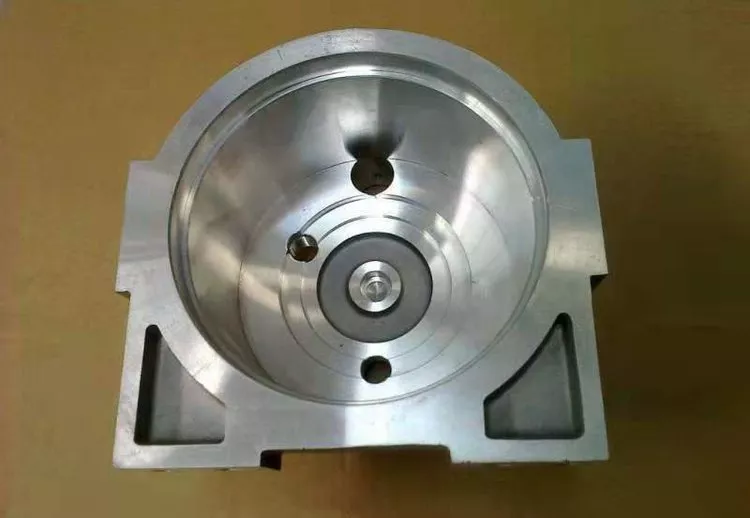
How to Prevent Shrinkage in Die Castings
At present, the application of impregnation technology in the products of die-casting aluminum manufacturers is constantly expanding. China advocates for full i...
-
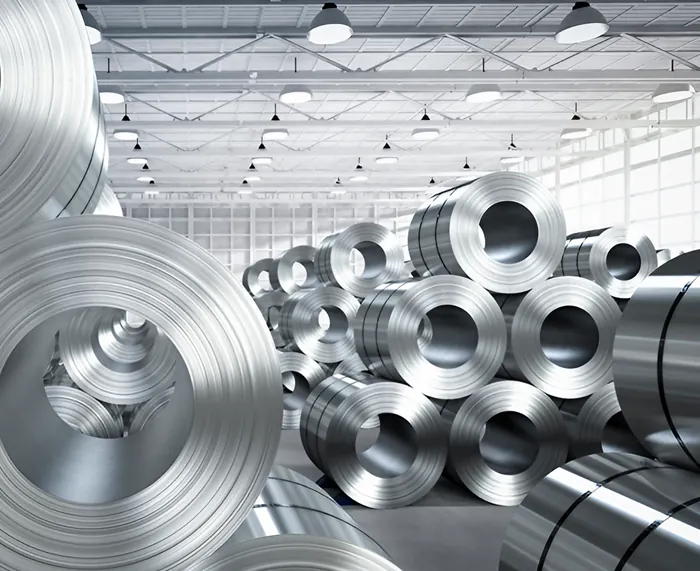
Methods to Reduce Wear of Sliding Metal Components
This article explores the causes of wear and galling in sliding metal components. It also presents effective prevention methods and design optimization, to redu...
-
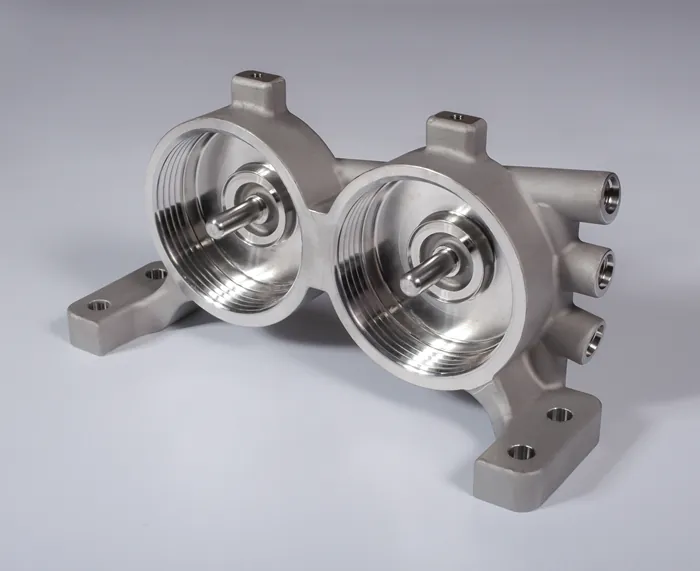
Factors Affecting the Dimensions of Stainless Steel Castings
Learn about the factors affecting dimensional accuracy, including material expansion and deformation, and understand why choosing an experienced foundry like SA...
-
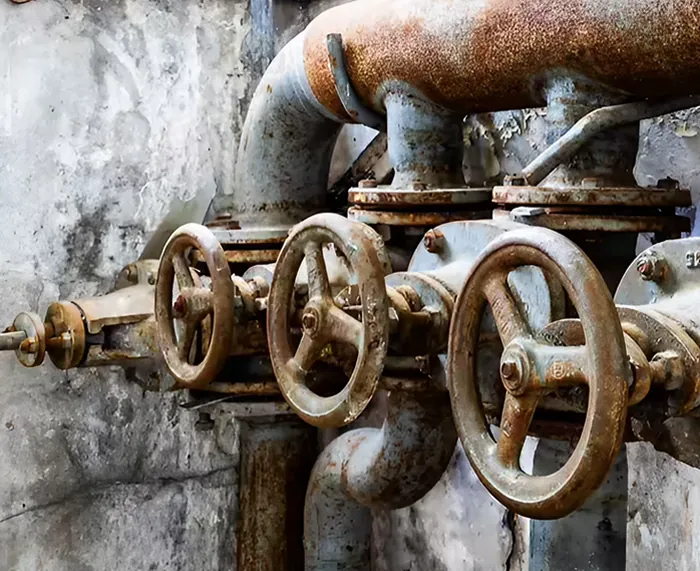
6 Effective Strategies to Stop Rust in its Tracks
Learn how to prevent rust with smart choices & clever tricks. From steel secrets to coatings & care, keep your projects strong & beautiful. Start ru...
-
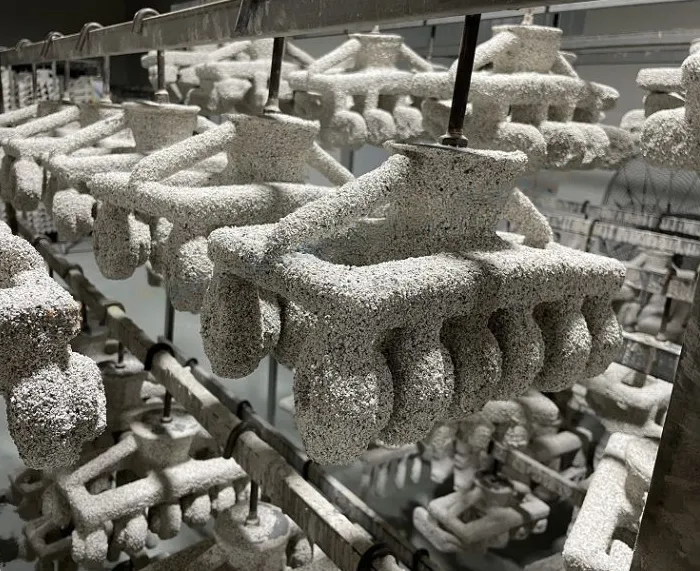
Investment casting: a comparison between stainless steel and aluminum
Investment casting is a widely used manufacturing process that allows the production of complex and intricate metal components with high dimensional accuracy. W...
-
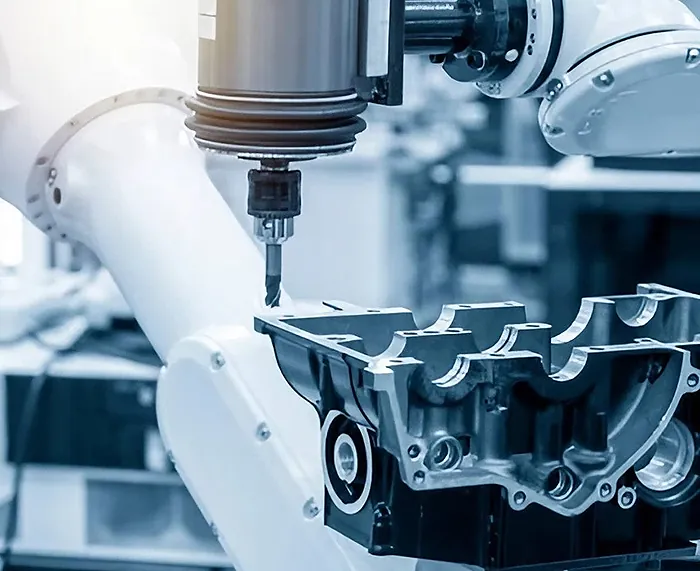
Exploring Die-Cast Prototyping Methods: Six Effective Strategies
Die casting is a manufacturing process used to create metal parts with high precision and excellent surface finish.When it comes to prototyping for die-cast par...

